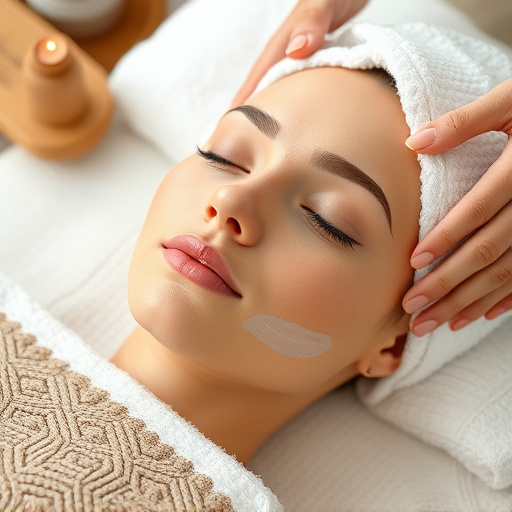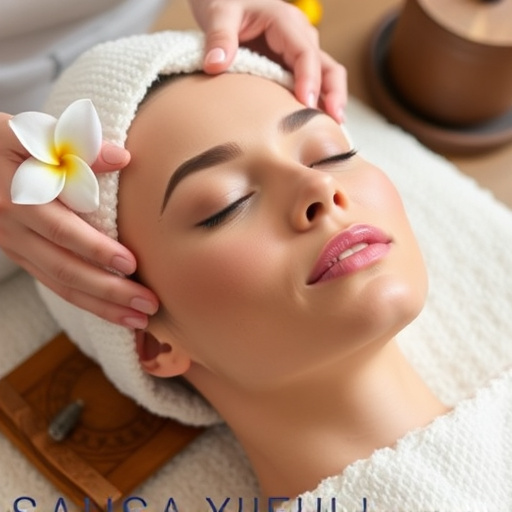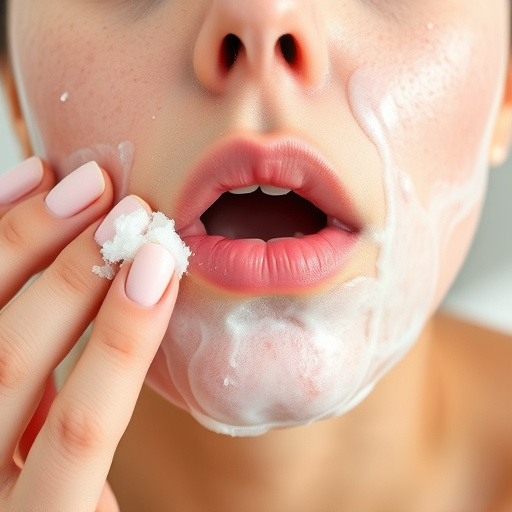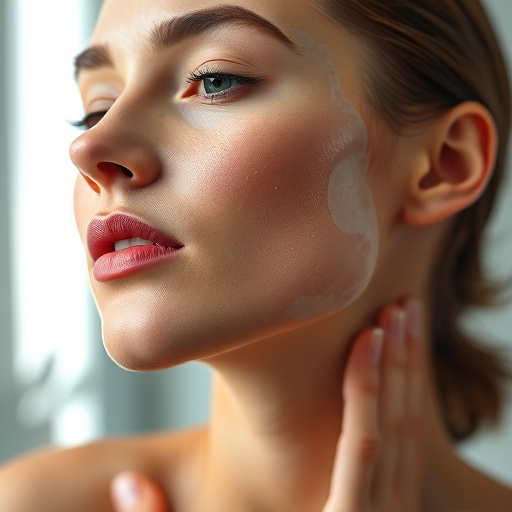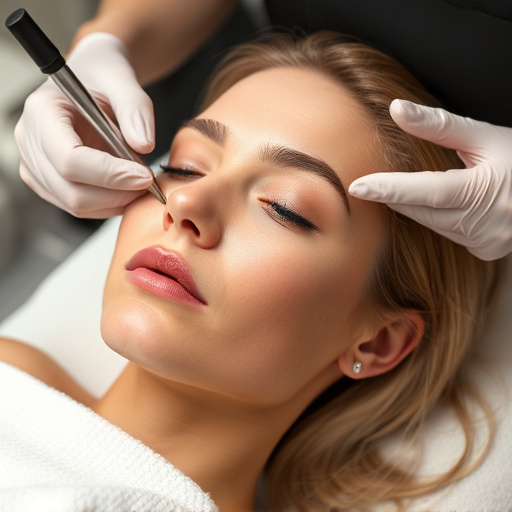Harsh climates demand personalized skincare to protect skin health and appearance from extreme temperatures, dry air, wind, sunlight, and environmental aggressors. Dermatologists recommend strategies like locking in moisture, wearing protective clothing, using high SPF sunscreens, incorporating antioxidants, chemical peels, microdermabrasion, steam therapies, and fragrance-free moisturizers to create a robust defense mechanism against damage. These advanced techniques maintain skin vibrancy and reduce issues like dryness, redness, flaking, sunburn, and frostbite in both cold and hot climates.
In harsh climates, your skin faces unique challenges. This guide, backed by dermatologist recommendations, explores how to protect your skin from extreme weather. Understanding your skin’s response to cold, heat, and dry conditions is crucial. We’ll delve into essential skincare routines, highlighting products that strengthen your skin barrier. Additionally, discover tips tailored for sensitive skin to navigate challenging environments. Embrace these strategies for a robust, resilient complexion in any climate.
- Understanding Your Skin's Response to Harsh Weather
- Essential Components of a Dermatologist-Approved Skincare Routine
- Additional Tips for Protecting Sensitive Skin in Extreme Conditions
Understanding Your Skin's Response to Harsh Weather
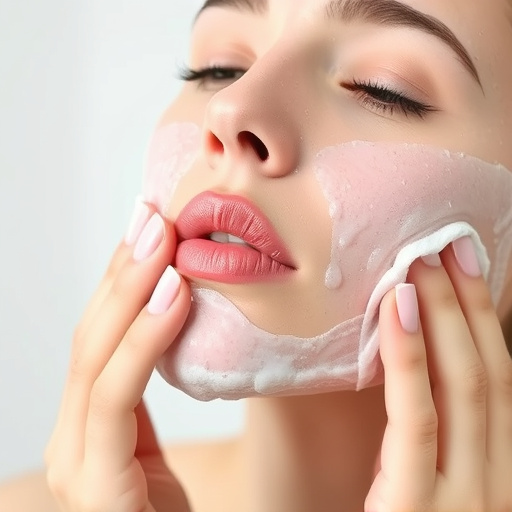
Harsh climates can significantly impact your skin’s health and appearance. Understanding how your skin responds to extreme temperatures, dry air, wind, and sunlight is crucial. Each of these environmental factors can cause different issues, such as dryness, redness, flaking, or even more severe conditions like sunburn and frostbite.
Dermatologists recommend a tailored approach to skin protection based on individual needs. For instance, in cold, dry climates, the focus might be on locking in moisture and protecting the skin barrier. This could involve using humidifiers, wearing protective clothing, and applying rich moisturizers. In contrast, hot, sunny weather demands sun protection to prevent premature aging and wrinkle formation. Dermatologist-recommended products often include broad-spectrum sunscreens with high SPF values, along with treatments that enhance pore refinement and overall skin health, contributing to a more youthful appearance and better skin texture.
Essential Components of a Dermatologist-Approved Skincare Routine
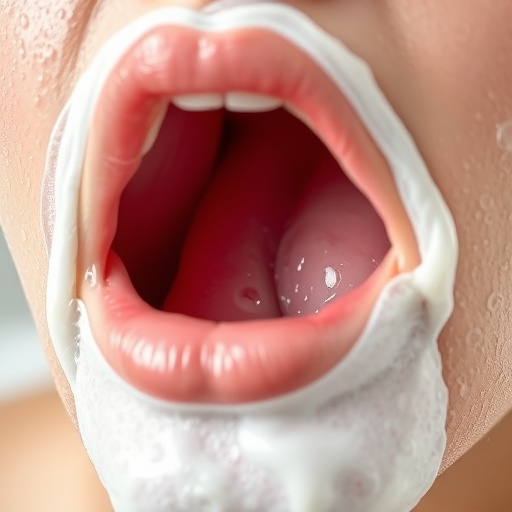
When establishing a dermatologist-approved skincare routine for harsh climates, several essential components come into play. The first step is to create a robust defense mechanism against environmental aggressors. This involves using products with sun protection factors (SPF) of at least 30 daily, even on cloudy days, to shield the skin from harmful UV rays. Additionally, incorporating antioxidants like Vitamin C or E can help combat free radical damage caused by pollution and other environmental stressors.
Beyond basic protection, personalized skincare is key. This may include regular chemical peels to exfoliate dead skin cells, promote cell turnover, and reveal healthier skin beneath. Pore refinement treatments, such as certain alpha hydroxy acids (AHAs), can also help minimize the appearance of enlarged pores while maintaining skin hydration. Each individual’s skin is unique, so consulting a dermatologist for tailored recommendations ensures optimal results and maintains skin health in extreme conditions.
Additional Tips for Protecting Sensitive Skin in Extreme Conditions
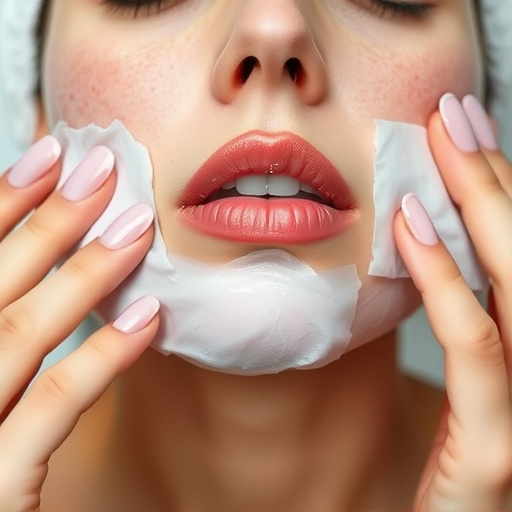
For those with sensitive skin, navigating harsh climates can be a real challenge. Beyond the basics of sunscreen and hydration, there are several additional tips recommended by dermatologists to fortify your protective barrier. One effective strategy is to incorporate chemical peels into your skincare routine. These treatments gently exfoliate the skin, removing dead cells and revealing smoother, more resilient skin beneath. This process can also help to even out skin tone and reduce the appearance of fine lines and wrinkles, offering both short-term and long-lasting benefits.
Additionally, consider specialized facial treatments tailored for sensitive skin. Procedures like microdermabrasion or gentle steams can help cleanse and soothe irritated skin, unclogging pores without causing further discomfort. Don’t forget the power of a good moisturizer—choose those designed for sensitive skin, free from harsh chemicals and fragrances that could cause further irritation. Layering protective products with these treatments can create an impenetrable shield against environmental aggressors, ensuring your skin remains healthy and vibrant even in extreme conditions.
In harsh climates, protecting your skin is paramount. By understanding how your skin responds to extreme weather and adopting a dermatologist-recommended skincare routine, you can minimize damage and maintain healthy, vibrant skin. Essential components like broad-spectrum sun protection, hydration, and targeted treatments are key. Additionally, adjusting your routine based on seasonal changes and seeking professional advice ensures your skin stays protected and resilient in any condition.









